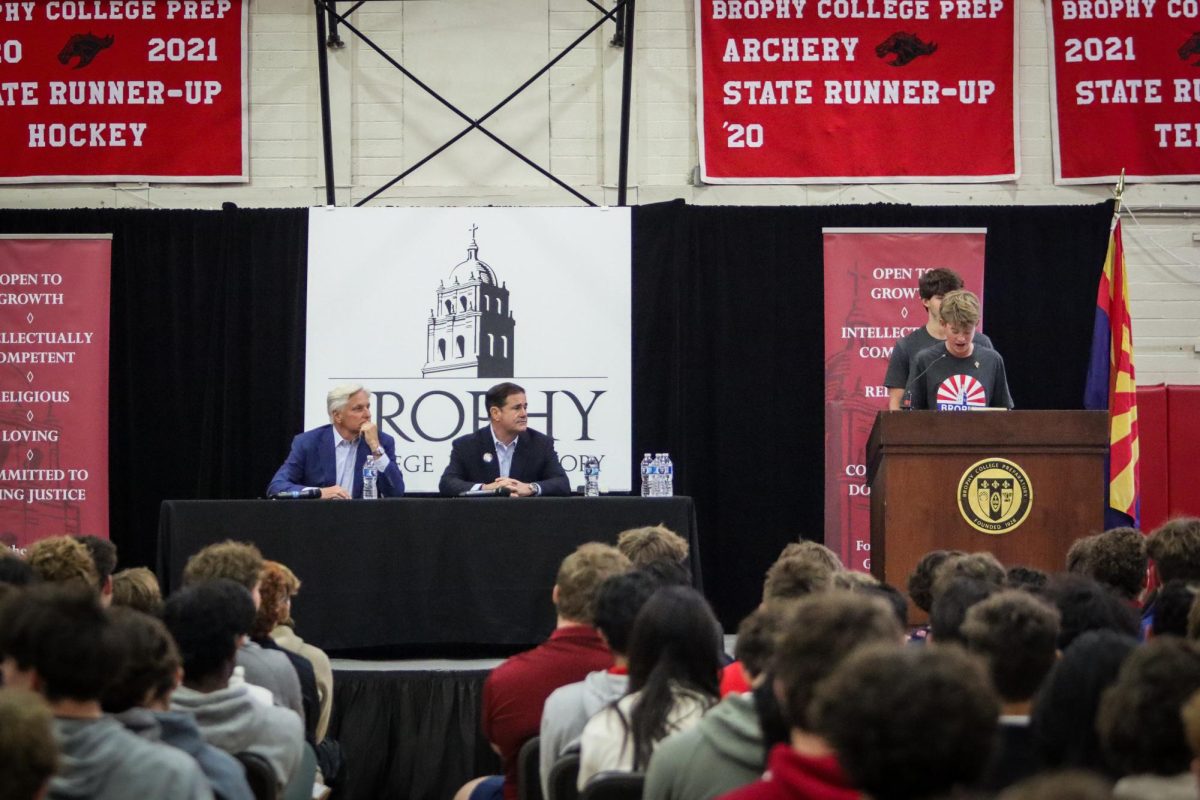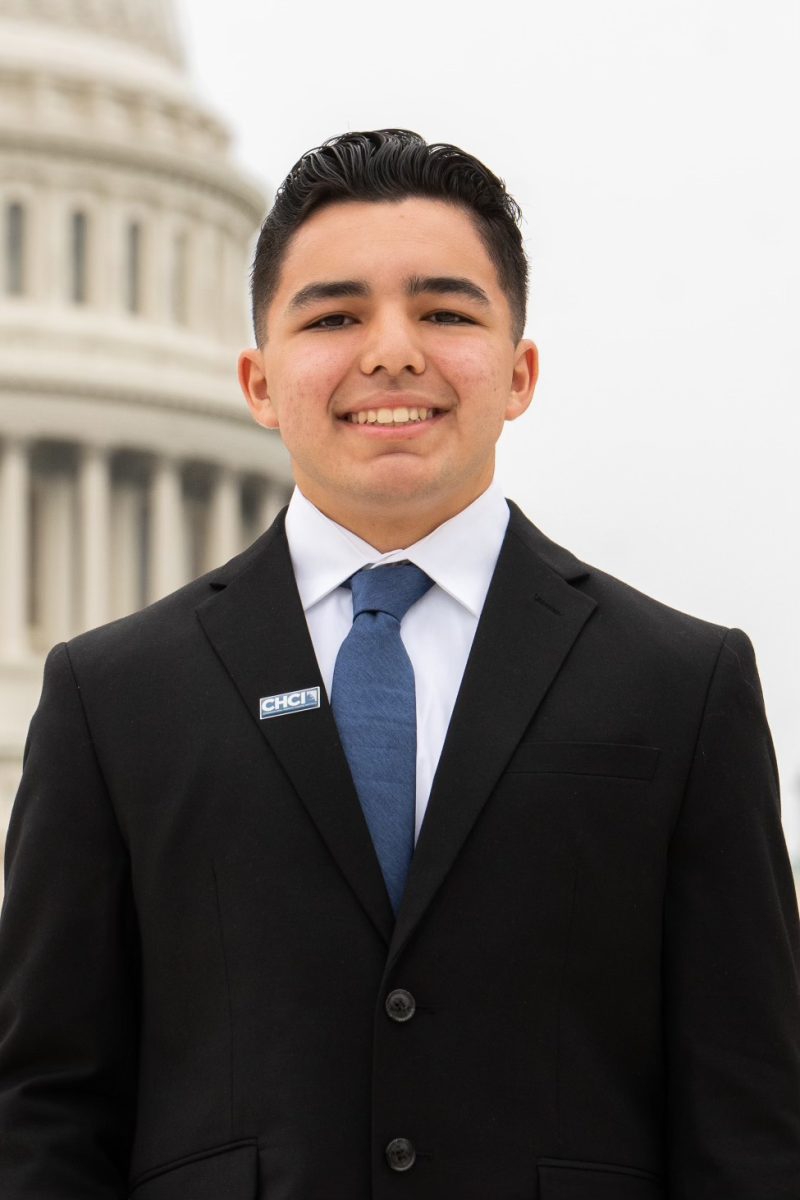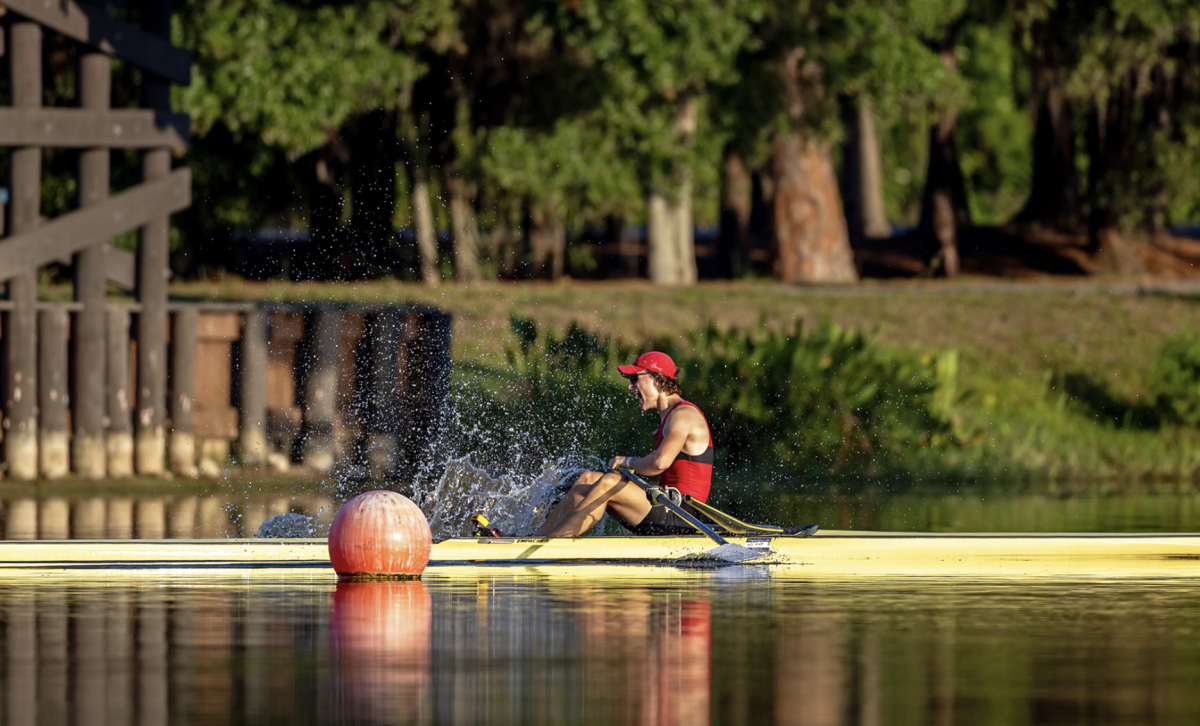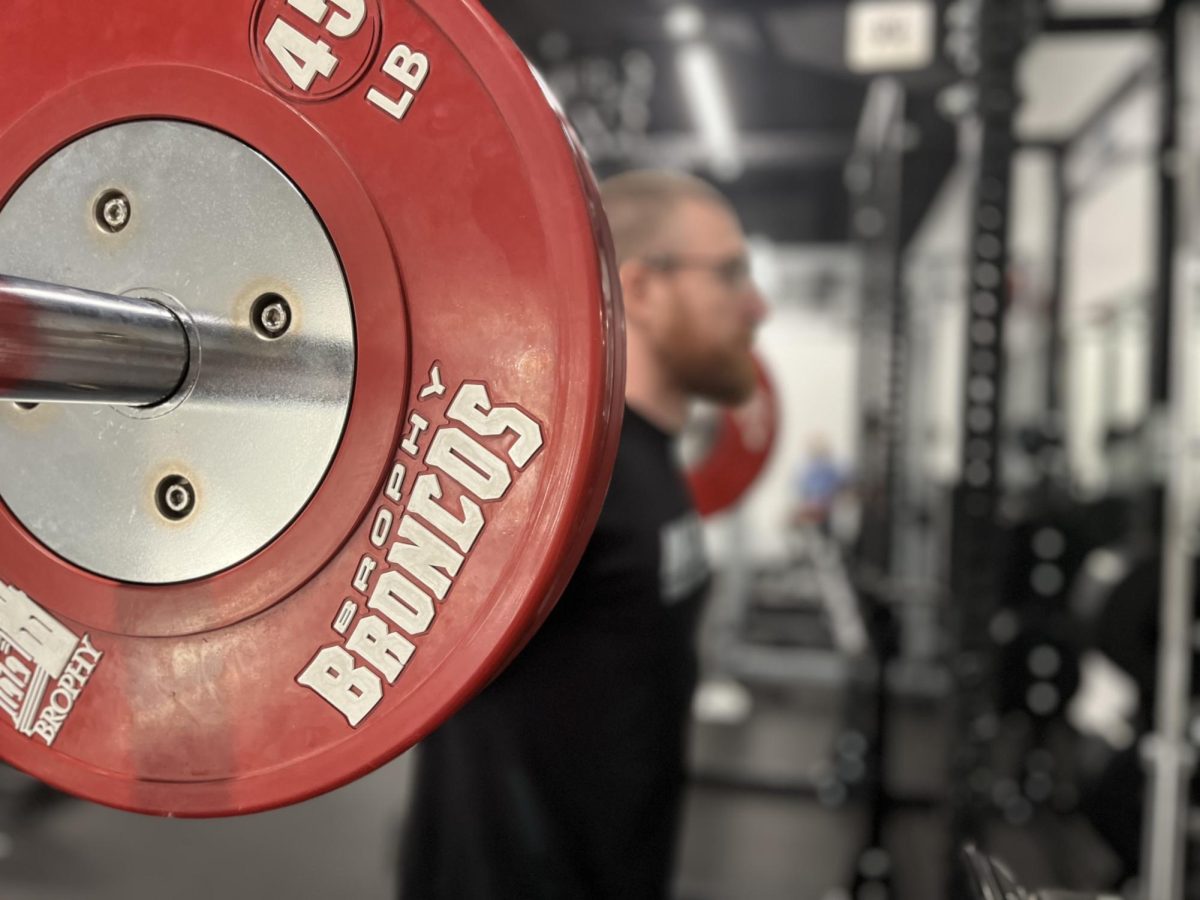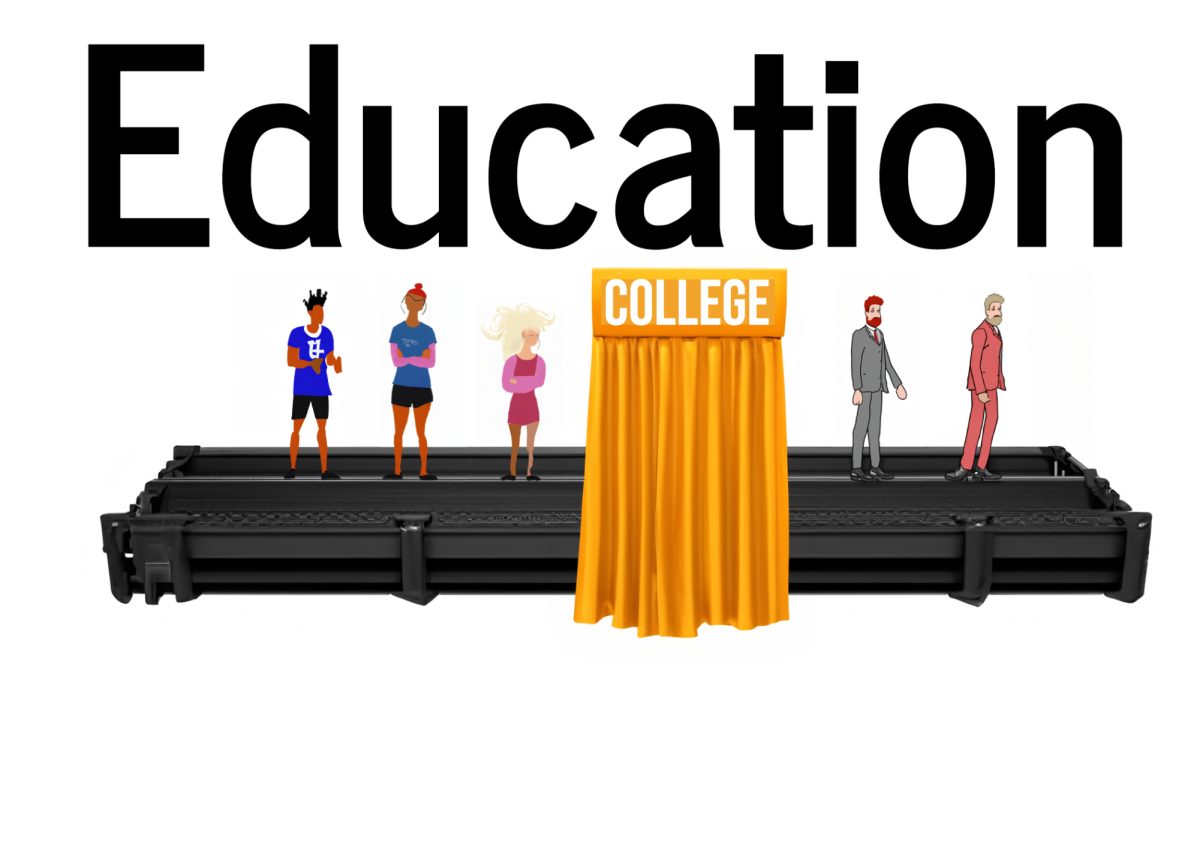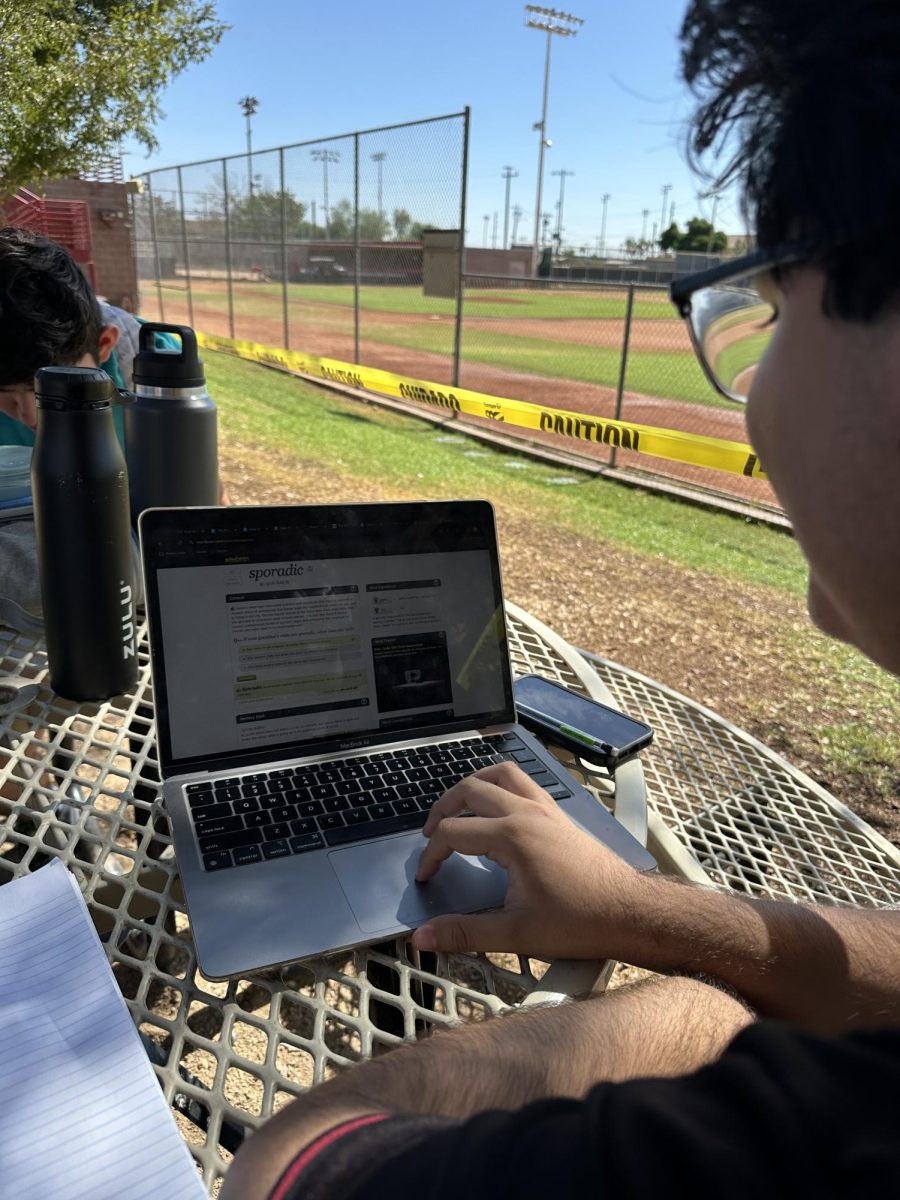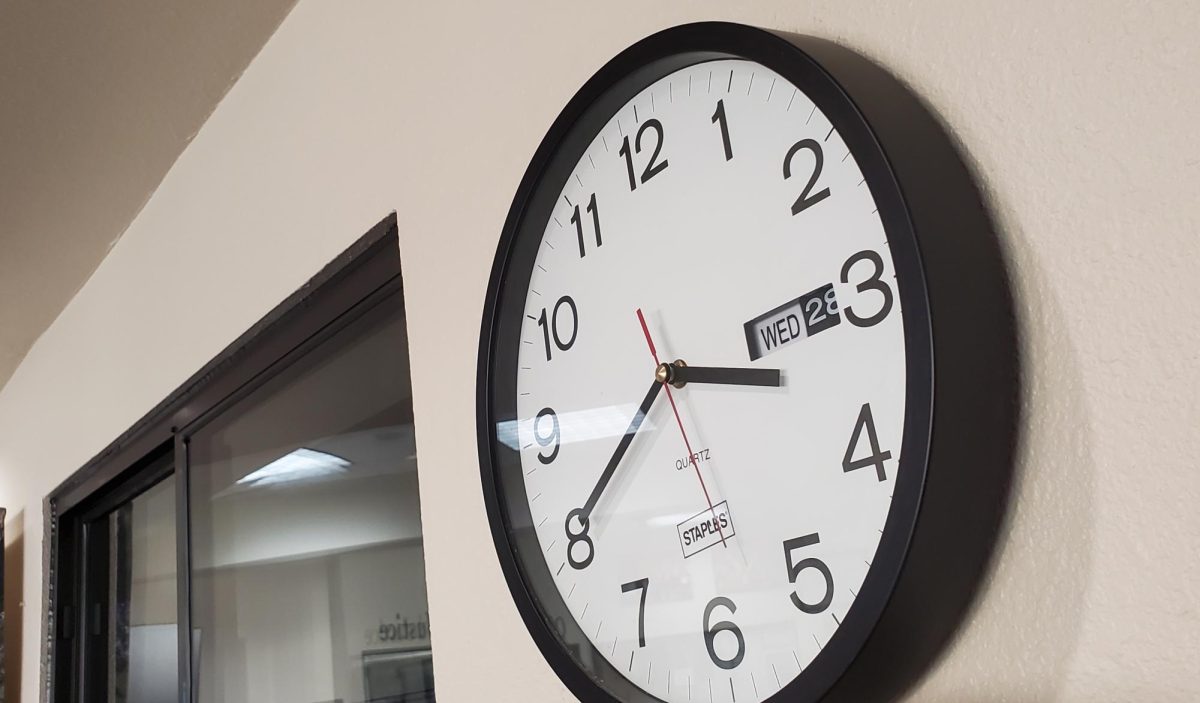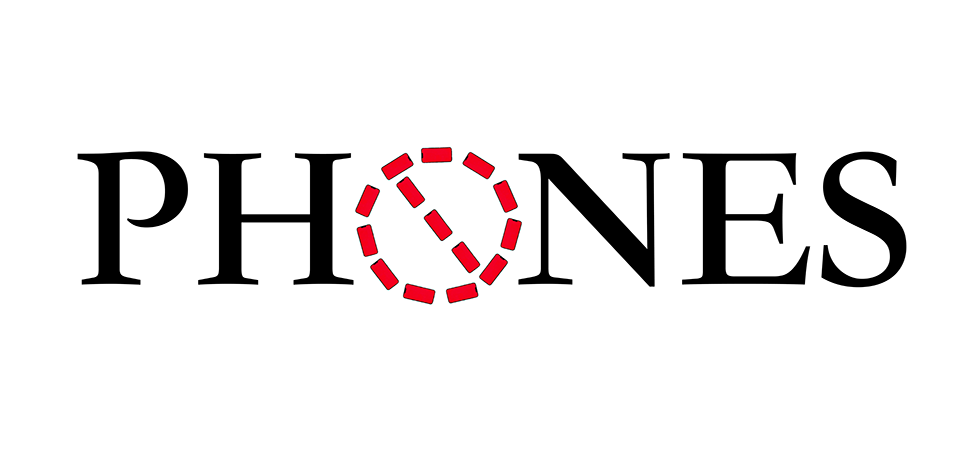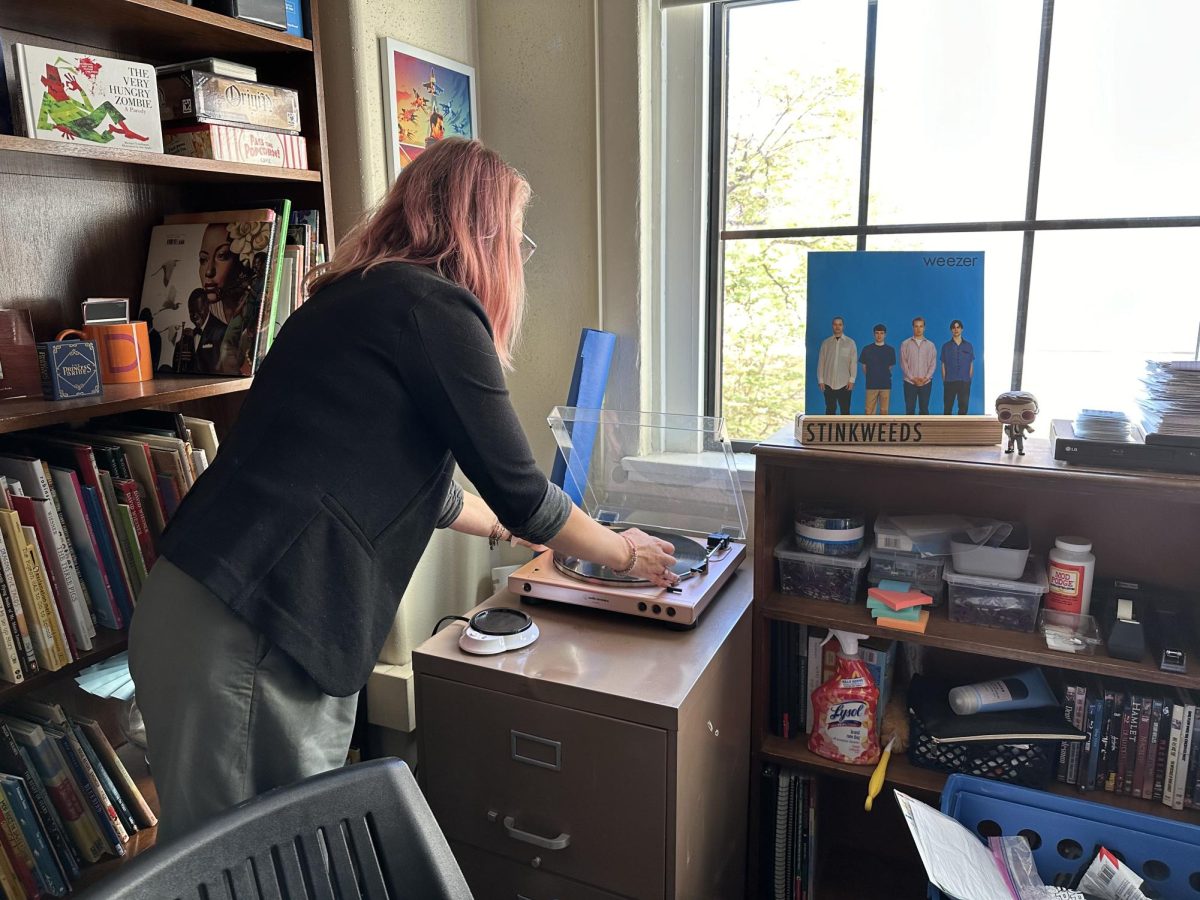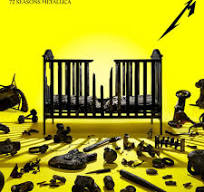By Carl Justice ’21
THE ROUNDUP
The Brophy CubeSat Team is eyeing a 2022 satellite launch into low Earth orbit with a goal of predicting the location of future valley fever cases.
The team, which is spearheaded by Cole Cicora ’21, John Cole Lomax ’21 and Sam Barr ’23 in addition to Head Mentor and Brophy Assistant Principal of Technology Mr. Mica Mulloy ’99, hopes to measure dust levels and correlate the information with data from valley fever infections in the American Southwest.

“This is a way that we would not just build a CubeSat to build one, but instead to build one for a reason of doing good in our community,” Mr. Mulloy said.
Dr. Patrice Parris, an engineer and the father of Aidan Parris ’23 and Michael Parris ’21, posed the idea of a CubeSat to Brophy Principal Mr. Bob Ryan last year.
Mr. Ryan suggested it to Mr. Mulloy and after a number of conversations, Dr. Parris and Mr. Mulloy got very excited about bringing a CubeSat team to campus.
“This would be something that very few high schools, or even colleges, have done to this point but is also something that we have the ability to pull off,” Mr. Mulloy said, “because of our students and their wide range of interests, skills and abilities, the technology resources we have on campus and because it’s a really cool, cutting-edge opportunity that could make a significant impact on what students are able to learn and create.”
Mr. Mulloy added that he hopes the project is able to improve the world around Brophy’s campus as well.
Cicora had always been interested in working with a CubeSat but did not think he would be doing it this early.
“A bunch of universities and colleges have their own programs, and since I want to be an aerospace engineer, I thought I would work on a CubeSat in college,” Cicora said. “It never crossed my mind that I could do it in high school until Mr. Mulloy emailed me in December.”
After getting a group of students together who were all excited about the project, the team began to have regular meetings at the end of last school year.
“It was slow at first because we didn’t know what we were going to do,” Cicora said.
The team chose to work on valley fever in January after a suggestion provided by the Irvine CubeSat STEM Program, which consists of six public high schools located in Irvine, California.
“They’re a couple years ahead of us, and their director was super helpful to me and our students and has met with us several times to talk through different possibilities,” Mr. Mulloy said.
Lomax has reached out to many colleges and universities inquiring about their process. Two that wrote back were the Arizona State University team and the Georgia Tech University team. Lomax said that both teams were very helpful.
“I’ve been cold emailing a lot of people, Lomax said. “A cold email is usually one that goes unread, but if we can get the project to a point where it’s big enough, we can start going back on those emails and can provide an update on what we’re doing.”
Lomax added that because the project is still in its early stages, most of the relationships the team has built have been more aquaintenceships than mentorships, but he expects that to change once the team gets further along.
COVID-19 slowed down the team’s plans, but only temporarily.
“Things slowed down a little bit more in March after the start of distance learning but quickly ramped up,” Mr. Mulloy said. “The early stages of the project have been recruiting students, making plans, figuring out what our project is going to do, and a ton of research.”
Mr. Mulloy added that the leaders of the team did not take a break over the summer so that the team had a plan and structure in place before they got to work on it this semester.
The project is not a short-term one but Mr. Mulloy said that the seniors leading this project are still committed, even though they will be in college by the time the team plans to launch the CubeSat.
“They’re just as involved because everybody understands that this is a long term project,” Mr. Mulloy said. “We’ll be submitting a project to NASA which will hopefully allow us to get the CubeSat to space in the trunk of a NASA shuttle. That process can take months to a year, and even then it can take another 12-18 months to get it sent into space if we get approved.”
He added that it will also take time to prototype, design and test the satellite as well.
“They fully understand that they will be off in college by the time this hopefully launches, but this provides them a unique opportunity to get off on the ground floor of this, to make it successful for years to come,” Mr. Mulloy said.
The team has gained about 80 new members already this year, and Mr. Mulloy believes it is because of the unique experience.
“How many [high] schools out there can say ‘we’re going to build a satellite and put it into space’?” Mr. Mulloy said. “I think the actual answer is about 10.”
He added that because of the variety of skills and areas they need help in, many people, regardless of their interest, have a role on the team.
Down the line, Mr. Mulloy hopes that the team continues past the first mission.
“[The first mission] is called Brophy SAT-1 because we hope that there are more in the future. Right now, we’re figuring out what the process is going to look like,” Mr. Mulloy said. “Once that’s done, we need to start working on Brophy SAT-2. If we wait until Brophy SAT-1 is already in space before we start, we’re missing a huge opportunity to keep the ball rolling.”

